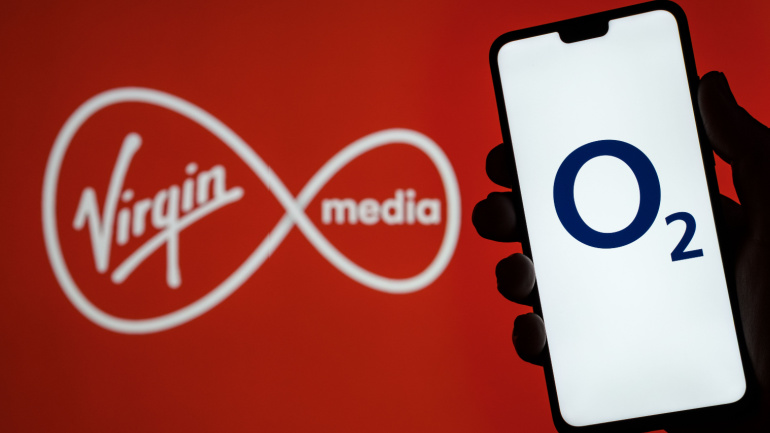Launched in September, Nokia’s Network as a Code aims to help operators optimize their 5G resources. By granting developers extensive network access, this platform unlocks opportunities for new application creation. With the advantage of 5G’s inherent software-based architecture, such innovative companies like BT Group are exploring unsuspected capabilities for enhanced network quality.
As businesses adapt to the demands of today’s fast-paced environment, this article explores the 10 indispensable features that can transform a business phone system into a strategic asset. From VoIP capabilities and mobile integration to unified communication, CRM software integration, and advanced call routing, discover how these features enhance internal operations, optimize customer interactions, and contribute to improved efficiency, productivity, and customer experiences.
In the dynamic landscape of telecommunications, Charter Communications is strategically addressing the challenges posed by emerging technologies such as fiber optics and fixed wireless access (FWA). The company’s Chief Financial Officer, Jessica Fischer, highlighted Charter’s resilience against fiber competition, emphasizing the significance of pacing in the deployment of this technology.
In a bid to promote digital inclusion and ease the financial burden on its customers, Virgin Media O2, the UK’s second-largest telecoms operator, has taken significant steps to raise awareness of social tariffs. The company, with a customer base of 5 million broadband and TV users, is now including information on its Essential Broadband and Essential Broadband Plus tariffs in the monthly bills of all its customers.
BT Group has taken a bold step into the future of content delivery with an innovative concept known as Multicast-Assisted Unicast Delivery (MAUD). This technology takes a fresh approach, replacing the traditional individual internet stream with a more efficient consolidated flow. Not only is this technology seamless for consumers, it also delivers substantial resource savings. Furthermore, in an era of environmental consciousness, MAUD offers up to a 50% bandwidth reduction during peak times, resulting in lower energy usage.
ITU announced a 6G framework, advancing global standards with a focus on spectrum bands, capabilities, and use cases. Eutelsat OneWeb and Imperial College are teaming up to transform space weather monitoring. Google launched Gemini AI model with flexibility to process diverse data types. SoftBank acquires 51% of Cubic Telecom, forming a strategic partnership for software-defined connected vehicles.
In a remarkable feat of engineering, Openreach, the UK’s leading digital network provider, is illuminating approximately 60,000 new premises every week, equivalent to the size of Tunbridge Wells in Kent. With a commitment to a £15 billion investment, the company aims to connect 25 million buildings by 2026, with a subsequent target of 30 million by the end of 2030.
In collaboration with Ericsson and Qualcomm, T-Mobile, renowned as the ‘uncarrier,’ has undertaken a groundbreaking 5G standalone (SA) test, showcasing the potential of its millimeter-wave (mmWave) spectrum. The test utilized an impressive eight channels, achieving a peak download speed of 4.3 Gbps, with uplink channels combining to reach 420 Mbps.
In a collaborative effort organized by the National Institute of Information and Communications Technology (NICT), major Japanese companies DoCoMo, NTT, Sky Perfect JSAT, and Space Compass are set to pioneer direct-to-device (D2D) services utilizing flying base stations.
In a strategic move to fortify the European Union’s standing in the global cloud computing sector, the European Commission has greenlit a substantial €1.2 billion state funding injection. The funding is earmarked for the Important Projects of Common European Interest (IPCEI) Next Generation Cloud Infrastructure and Services (IPCEI CIS), a collaborative initiative involving seven member countries: France, Germany, Hungary, Italy, the Netherlands, Poland, and Spain.













